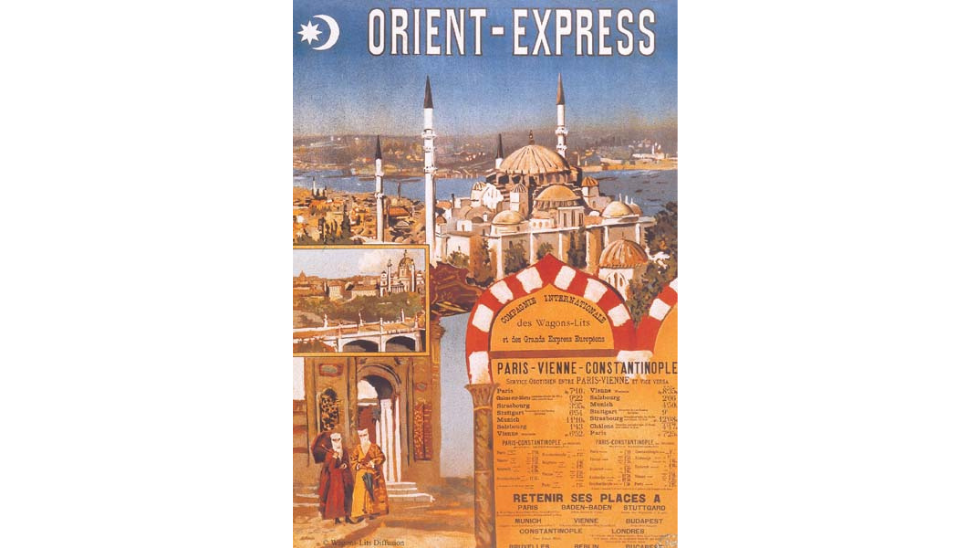Our very own Giulia Siviero, inspired by a new travel experience from Railbookers delves deep in to train advertising. A chance to reminisce childhood stories and memories whilst also looking at the use of art in ads on train travel over the years.
This year, a new travel experience from Railbookers “Around the World by Luxury Train”, is bringing one of my favourite childhood’s stories to life.
With an 80-day train trip exploring 4 continents and 13 countries, via a connected series of some of the most iconic luxury train routes in history, we are welcoming a new golden age of train travel. And may I just say, on behalf of all train nerds out there, finally.
While reminiscing about my childhood, dreaming of this journey around the world, I found myself browsing through my coffee table book collection and I noticed something. Apart from the overall lavish of food, fashion, and lifestyle this era represented, the most notable characters were actually the particularly eccentric and whimsical advertisements for the trains themselves.
They were more like works of advertising art. Of course, they highlighted the safety, speed, and efficiency of the journey (perhaps better than today’s equivalents in this regard). But the use of bold colours and landmarks’ illustrations created ads you really wanted to look at. Not because you’re being sold a service, but because it does what all travel advertising should do; it inspires you to imagine a better life.

During this time, train companies also published traveller-dedicated magazines like The High Life and The Transcontinental, which promoted train travel as a lifestyle and were distributed onboard. Like a forum, these magazines created a community of fans and stimulated a new culture. Today’s equivalent? Probably Condé Nast Traveler.
Anyway, back to the ads. With the rich colours of maximalism, blended with the elegance of Art Deco, these ads presented train travel as a way of life for those wishing to enjoy the journey on the way to the destination.
Today, we’ve replaced these traditional above-the-line and out-of-home advertisements with Instagram accounts, filled with pastel heavy Wes Anderson-style photography and high-quality dolly shot videos of modernised period trains. A contemporary ode to the luxury and decadence of a by-gone era. And, honestly, it’s pretty great.
Orient Express, La Dolce Vita
To my surprise, even Influencer Marketing was part of the 19th and 20th century train travel marketing, with well-known writers and influential journalists invited to embark on the legendary Orient Express with the intent to increase “conversion rates” among upper classes. Especially today social media influencers should get involved in the game (here’s a case study to explain why through some numbers, if you’re a data freak), with a lot of creativity being at the core of the production of inspiring content that can make train travel more accessible to all. Here it’s impossible not to mention Francis Bourgeois (our hero).
The Orient Express official website revived an online version of the High-Life Magazine narrating the world of travel through the eyes of a new generation of artists, photographers, and wanderers.
But we have to wonder, are campaigns focussed primarily on digital channels the best way for train companies to depict the beauty of the slower life associated with luxury train travel? And will the modern train travel advertisements we see today be etched into history as a symbol of our generation in the same way as the original iconic ads from the 19th and 20th century? Or are we just rehashing an old style and missing an opportunity to create something new?
Well, time will tell. I’ll be watching. Will you?
